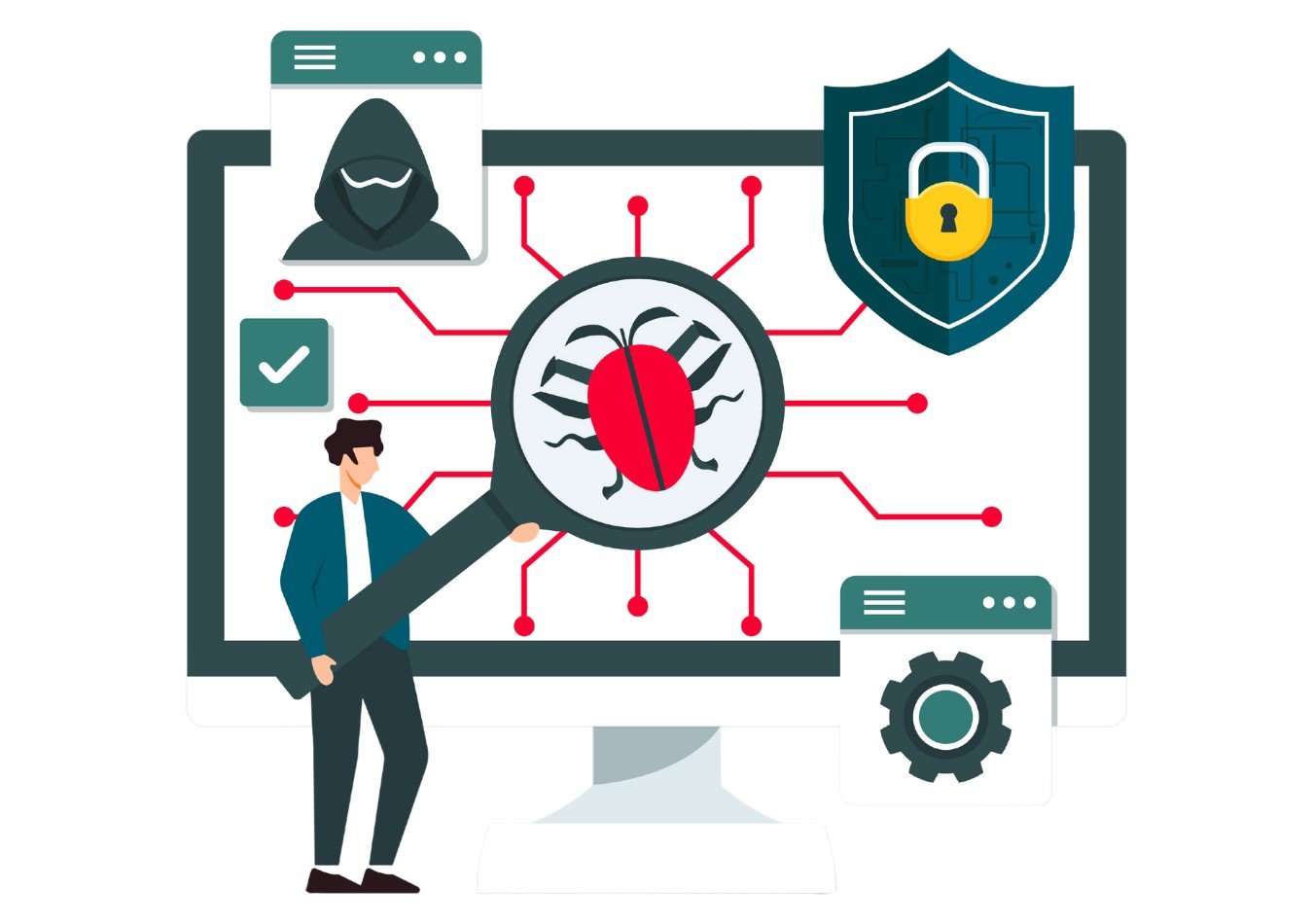From the recent attack on CDK Global to the chaotic hack on Change Healthcare, 2024 has seen some of the worst cyber attacks of our lifetime.
And with new attacks happening every 39 seconds, there’s no doubt that even bigger and bolder attacks are still on the horizon.
Half of businesses (50%) and around a third of charities (32%) report having experienced some form of cyber security breach or attack in the last 12 months. This is much higher for medium businesses (70%), large businesses (74%) and high-income charities with £500,000 or more in annual income (66%).
Now that experiencing a cyber attack is no longer a question of if but when it might feel like you’re fighting a losing battle when it comes to protecting your valuable data from cybercrime.
Not only do you need to have a robust incident response plan in place, but you also need to build up your defences long before attacks strike.
Testing (pentesting) tools have emerged as one of the most effective ways to find entry points into your systems before malicious actors do, and fix vulnerabilities before they can be exploited.

What is pentesting?
testing, commonly known as pentesting, is a cybersecurity practice where ethical hackers simulate attacks on computer systems, networks, or web applications with the goal of identifying vulnerabilities or weaknesses that malicious actors could exploit.
Pentesters use a combination of automated tools and manual techniques to assess the security posture of the target environment, often attempting to breach it in ways that real attackers might.

This testing helps organizations strengthen their defenses by patching identified vulnerabilities before they can be exploited by actual threats.
Pentesting is critical in modern cybersecurity because it mimics the real-world actions of hackers, offering insights into how a system might be attacked and compromised. By regularly conducting these tests, organizations can stay ahead of evolving threats and ensure that their systems, data, and user information are properly protected.
How do pentesting tools work?
Pentesting tools are software applications that simulate cyberattacks on a target system to identify vulnerabilities and potential security threats. These tools can be used by security professionals to assess the security posture of a network, application, or system, and to identify potential weaknesses that could be exploited by malicious actors.
Pentesting tools work by sending various types of requests or data to a target system and analyzing the responses. For example, a vulnerability scanner might send specially crafted packets to a target system to see if it can exploit known vulnerabilities. A web application firewall (WAF) might analyze incoming HTTP requests to detect potential attacks, such as SQL injection or cross-site scripting (XSS).

Pentesting tools can be used in a variety of ways. They can be used to perform manual testing, where a security professional uses the tools to manually test a target system. They can also be used to automate testing, where scripts or programs are used to automatically test a target system.
Types of pentesting tools
There are many different types of pentesting tools available, each with its own specific capabilities. Here are some of the most common types:
1. Vulnerability Scanners
These tools scan a target system for known vulnerabilities and report on any that are found. They can be used to identify common vulnerabilities such as weak passwords, outdated software, and misconfigured systems. Examples of vulnerability scanners include Nessus, OpenVAS, and Nmap.
2. Web Application Firewalls (WAFs)
Web application firewalls (WAFs) protect web applications from attacks such as SQL injection and cross-site scripting (XSS). They can be used to filter incoming HTTP requests and block malicious traffic. Examples of WAFs include ModSecurity, Imperva, and Cloudflare.
3. Intrusion Detection Systems (IDS)
Intrusion detection systems monitor network traffic for signs of malicious activity. They can be used to detect and alert on potential attacks such as port scans, unauthorized access attempts, and malware infections. Examples of IDS include Snort, Suricata, and Bro.
4. Password Crackers
These tools can be used to passwords that are stored in a database. They can be used to test the strength of passwords and identify potential weak points in a system's security. Examples of password crackers include John the Ripper, Hashcat, and Hydra.
5. Social Engineering Tools
These tools can be used to trick users into revealing sensitive information. They can be used to test the effectiveness of a company's security awareness training and identify potential vulnerabilities in its social engineering defenses. Examples of social engineering tools include Metasploit, Social Engineering Toolkit, and Phishing Simulator.
6. Network Scanners
These tools scan a network to identify devices, services, and vulnerabilities. They can be used to map a network's topology and identify potential security risks. Examples of network scanners include Nmap, Zenmap, and Angry IP Scanner.
Why is pentesting important?
The primary reason for pentesting is to proactively identify and mitigate security risks before they can be exploited by malicious actors. By uncovering vulnerabilities, organizations can take timely measures to patch them, strengthen their defences, and protect their sensitive data and systems.
Pentesting also serves as a valuable tool for compliance with industry regulations and standards. Many regulatory bodies, such as HIPAA, GDPR, and PCI DSS, mandate regular security assessments, including testing.
By demonstrating compliance through successful pentesting, organizations can avoid costly fines and penalties while improving their overall security posture. The insights gained from pentesting can lead to improvements in security policies, procedures, and technologies, resulting in a more robust and resilient security infrastructure that can better withstand cyber attacks.
Best pentesting tools
There are a range of pen testing tools on the market today designed to help you keep your business secue. But, of course, not all of these tools are made the same.
Here are ten of the best pentesting tools available today based on their features, value for money, and effectiveness at identifying flaws in your security posture.







Comments ( 0 )